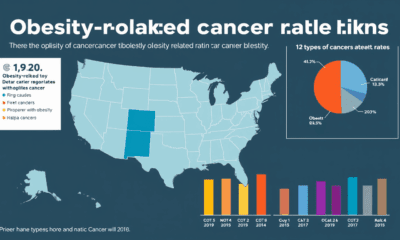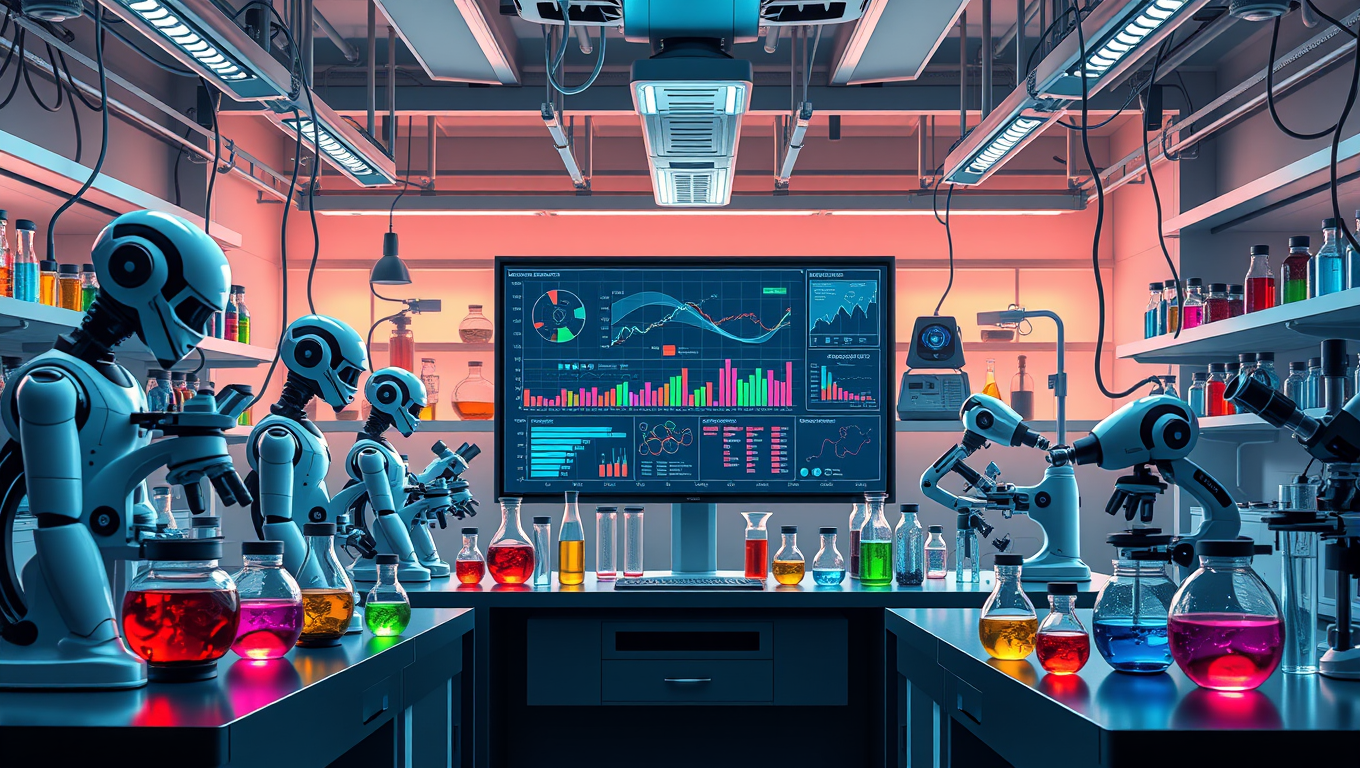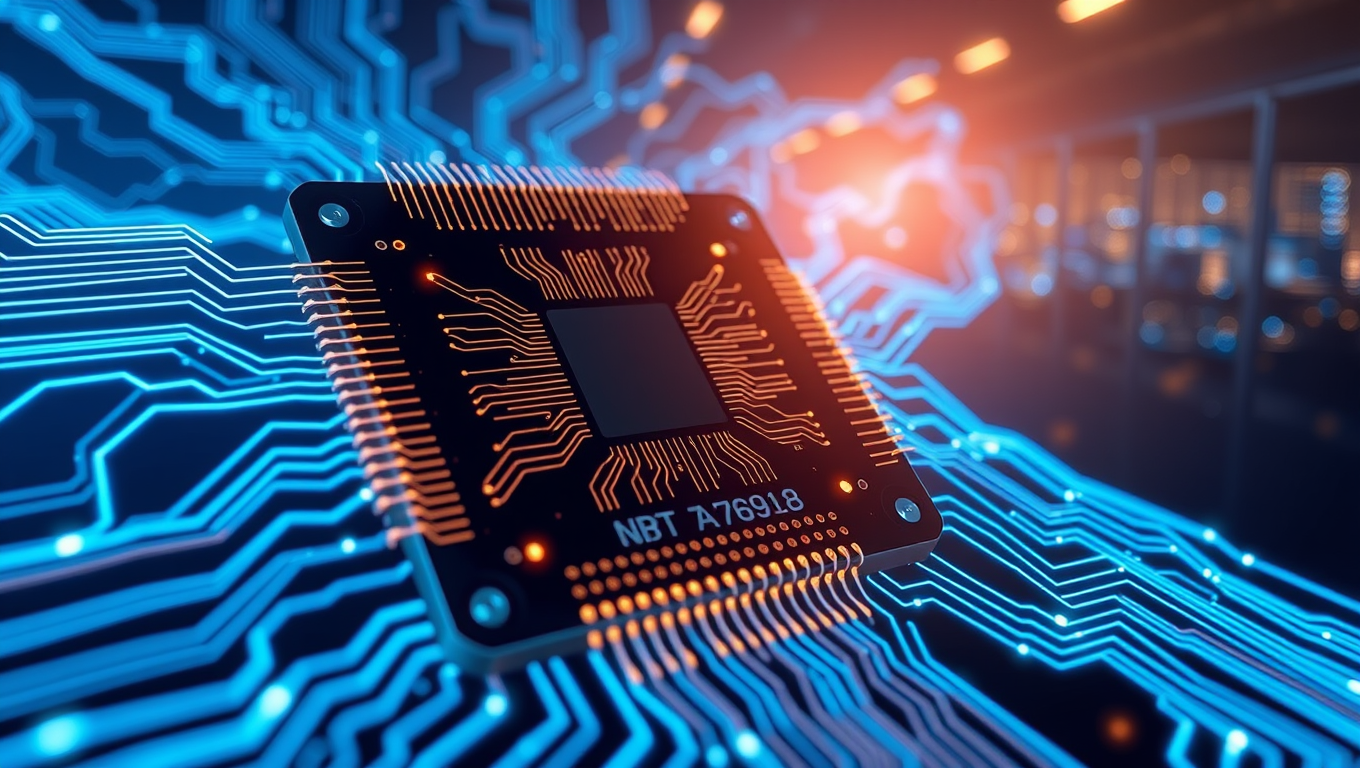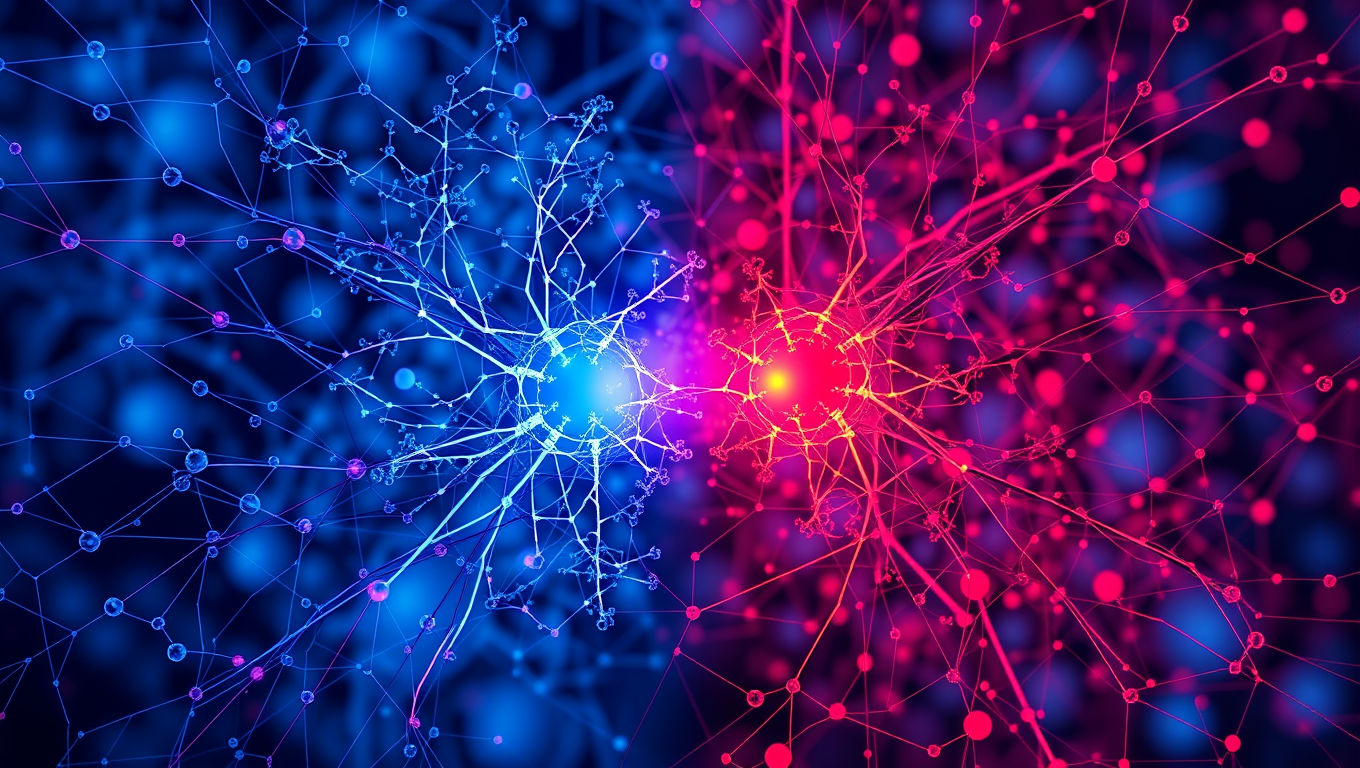While we try to keep things accurate, this content is part of an ongoing experiment and may not always be reliable.
Please double-check important details — we’re not responsible for how the information is used.
Computers & Math
AI-Powered Urgent Care: A New Era in Virtual Healthcare Decision-Making
Do physicians or artificial intelligence (AI) offer better treatment recommendations for patients examined through a virtual urgent care setting? A new study shows physicians and AI models have distinct strengths. The study compared initial AI treatment recommendations to final recommendations of physicians who had access to the AI recommendations but may or may not have reviewed them.
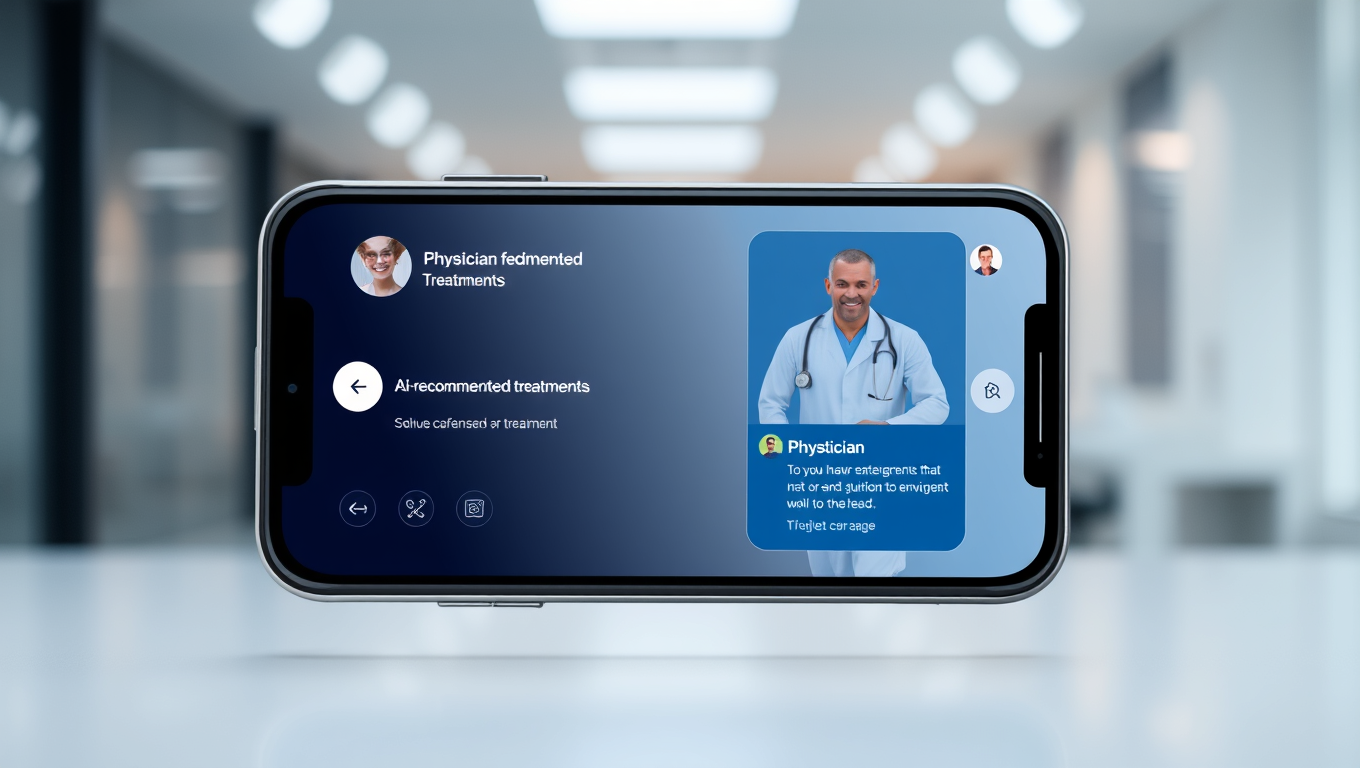
Computer Programming
Revolutionizing Materials Discovery: AI-Powered Lab Finds New Materials 10x Faster
A new leap in lab automation is shaking up how scientists discover materials. By switching from slow, traditional methods to real-time, dynamic chemical experiments, researchers have created a self-driving lab that collects 10 times more data, drastically accelerating progress. This new system not only saves time and resources but also paves the way for faster breakthroughs in clean energy, electronics, and sustainability—bringing us closer to a future where lab discoveries happen in days, not years.
Computer Programming
Revolutionizing AI Efficiency: Breakthrough in Spin Wave Technology
A groundbreaking step in AI hardware efficiency comes from Germany, where scientists have engineered a vast spin waveguide network that processes information with far less energy. These spin waves quantum ripples in magnetic materials offer a promising alternative to power-hungry electronics.
Artificial Intelligence
Scientists Uncover the Secret to AI’s Language Understanding: A Phase Transition in Neural Networks
Neural networks first treat sentences like puzzles solved by word order, but once they read enough, a tipping point sends them diving into word meaning instead—an abrupt “phase transition” reminiscent of water flashing into steam. By revealing this hidden switch, researchers open a window into how transformer models such as ChatGPT grow smarter and hint at new ways to make them leaner, safer, and more predictable.
-

 Detectors3 months ago
Detectors3 months agoA New Horizon for Vision: How Gold Nanoparticles May Restore People’s Sight
-

 Earth & Climate4 months ago
Earth & Climate4 months agoRetiring Abroad Can Be Lonely Business
-

 Cancer4 months ago
Cancer4 months agoRevolutionizing Quantum Communication: Direct Connections Between Multiple Processors
-

 Agriculture and Food4 months ago
Agriculture and Food4 months ago“A Sustainable Solution: Researchers Create Hybrid Cheese with 25% Pea Protein”
-

 Diseases and Conditions4 months ago
Diseases and Conditions4 months agoReducing Falls Among Elderly Women with Polypharmacy through Exercise Intervention
-

 Chemistry4 months ago
Chemistry4 months ago“Unveiling Hidden Patterns: A New Twist on Interference Phenomena”
-

 Albert Einstein4 months ago
Albert Einstein4 months agoHarnessing Water Waves: A Breakthrough in Controlling Floating Objects
-

 Earth & Climate4 months ago
Earth & Climate4 months agoHousehold Electricity Three Times More Expensive Than Upcoming ‘Eco-Friendly’ Aviation E-Fuels, Study Reveals





